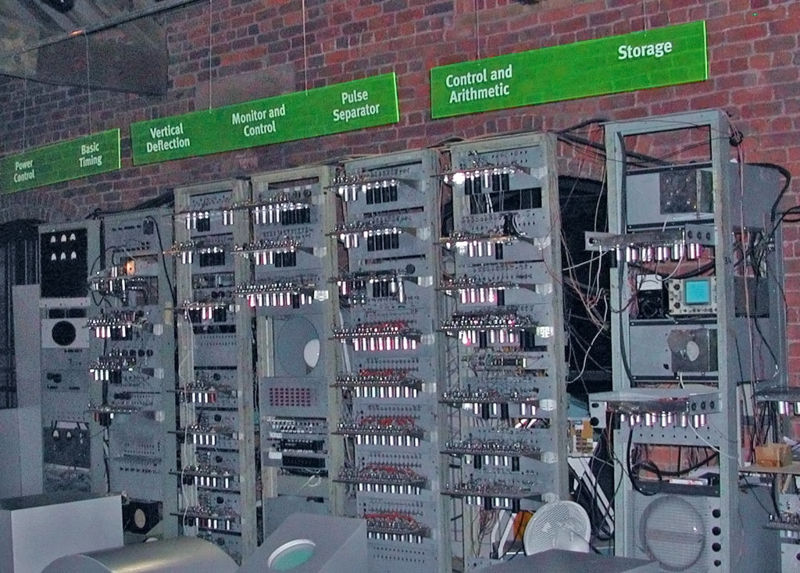 If cars were computers then one liter of fuel would provide all the UK’s needs for one year and oil reserves would last the expected lifetime of the solar system. That is, if efficiency in cars had improved at the rate computers have. This according to Steve Furber, a computer engineer at the University of Manchester, in a lecture marking the 60th anniversary of the 1948 computer known as The Baby (also known as the Small Scale Experimental Machine). Furber notes that computers are now 50 billion times more energy-efficient than The Baby, which weighed a ton, took up a whole room, and was the forerunner of all modern computers.
If cars were computers then one liter of fuel would provide all the UK’s needs for one year and oil reserves would last the expected lifetime of the solar system. That is, if efficiency in cars had improved at the rate computers have. This according to Steve Furber, a computer engineer at the University of Manchester, in a lecture marking the 60th anniversary of the 1948 computer known as The Baby (also known as the Small Scale Experimental Machine). Furber notes that computers are now 50 billion times more energy-efficient than The Baby, which weighed a ton, took up a whole room, and was the forerunner of all modern computers.
I’m not sure we can shrink cars & their carbon footprints fast enough. Howzabout we shrink ourselves instead? Genetic engineering trumps computer engineering and nine billion teensy weensy people 42 years from now doesn’t look so bad. No worse than a swarm of locusts.
Julia Whitty is Mother Jones’ environmental correspondent, lecturer, and 2008 winner of the Kiriyama Prize and the John Burroughs Medal Award.















